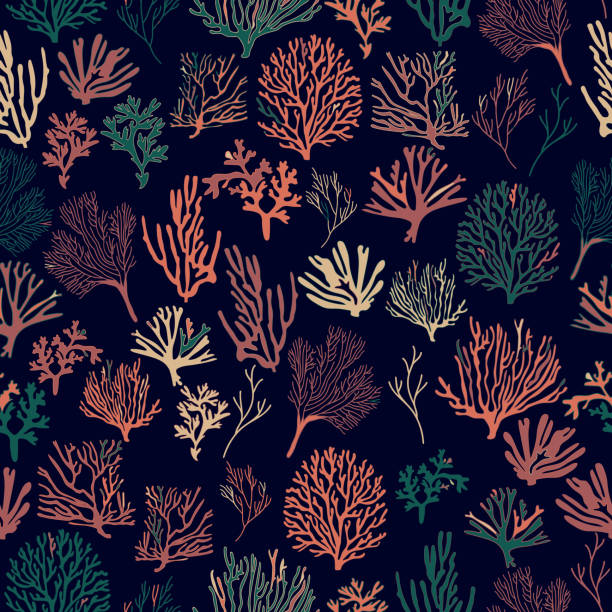Choosing the Best Coral for Reef Tanks: Factors to Consider
As an aquarist seeking to create a stunning reef tank, you know that selecting the right coral is crucial. With so many options available, it can be overwhelming to determine which specimens will thrive and showcase their vibrant colors in your unique setup. This article dives deep into the most popular and hardy coral types ideal for both beginners and experts. Discover how to pick coral with ideal growth forms to complement your tank dimensions and aquascape vision. Learn tips from experienced reefers for ensuring your coral selection remains healthy and radiant when introduced into your system. Glean expert insight on striking a balance between common favorites and rare showstoppers for the best coral for reef tank.
Our Top 10 Picks for the Best Reef Tank Corals
When selecting coral specimens for your reef tank, several key factors should guide your choices. The specific parameters of your tank setup like lighting, circulation, and temperature ranges will determine which coral types can thrive.
Lighting Requirements
The amount and type of light a coral needs depends on whether it predominantly relies on photosynthesis or also feeds on zooplankton. Photosynthetic corals like acroporas, montiporas and porites require intense light, such as metal halide or T5 high-output fluorescent bulbs. Non-photosynthetic corals can survive in lower light. Know your tank’s lighting and choose coral with compatible needs.
Water Circulation
Most coral require moderate to high water flow and turnover to bring nutrients and oxygen. Fans, powerheads and wavemakers can be used to increase circulation for coral with higher demands like acroporas and montiporas. Slower-flow species include mushrooms, zoanthids and leathers. Match coral to your tank’s water flow levels.
Temperature Range
Coral have specific temperature requirements, ranging from 72 to over 86 F. Most reef tanks are kept in the range of 76 to 82 F to accommodate a variety of coral. Some more temperature-sensitive species may require chillers or heaters to stay within an ideal range. Choose coral suitable for your particular setup.
By considering these factors and choosing coral well-suited to your unique tank conditions, you’ll give your specimens the best chance at health, growth and vibrant coloration, allowing your reef aquascape to truly thrive. With the right mix of coral, you can achieve an balanced, biodiverse reef ecosystem.
Frequently Asked Questions About the Best Coral for Reef Tanks
When selecting corals for your reef tank, you’ll want to consider hardiness, color, growth rate, and compatibility with other tank inhabitants. The following are our top recommendations for novice and experienced reefkeepers alike:
1. Mushroom Coral
This hardy soft coral comes in a variety of colors like red, green and yellow. It has a fast growth rate and low lighting requirements, making it an excellent beginner coral.
2. Zoanthid
Another hardy soft coral, zoanthids produce colorful flowers that open and close. They spread quickly on live rock and come in hues of green, red, blue, and orange. Zoanthids have minimal care requirements but may irritate some fish and invertebrates.
3. Hammer Coral
This unique LPS coral gets its name from its hammer-shaped polyps. Hammers are usually green or beige, semi-aggressive, and prefer moderate lighting and flow. They grow at a medium rate and should be placed on the sandbed or securely anchored to rock.
4. Torch Coral
A popular LPS coral, torches feature long, fiery red or orange polyps. They need strong lighting and flow but are otherwise easy to care for. Torches grow quickly and should be placed on the substrate or rock, as their polyps can sting neighboring corals.
5. Brains Coral
This peculiar LPS coral resembles a human brain. Brains come in shades of tan, brown, and green, have a medium growth rate, and prefer moderate lighting and flow. They should be placed on the sandbed and will expand outwards as they grow. Brains can irritate some corals with their stinging polyps but are otherwise community-friendly.
